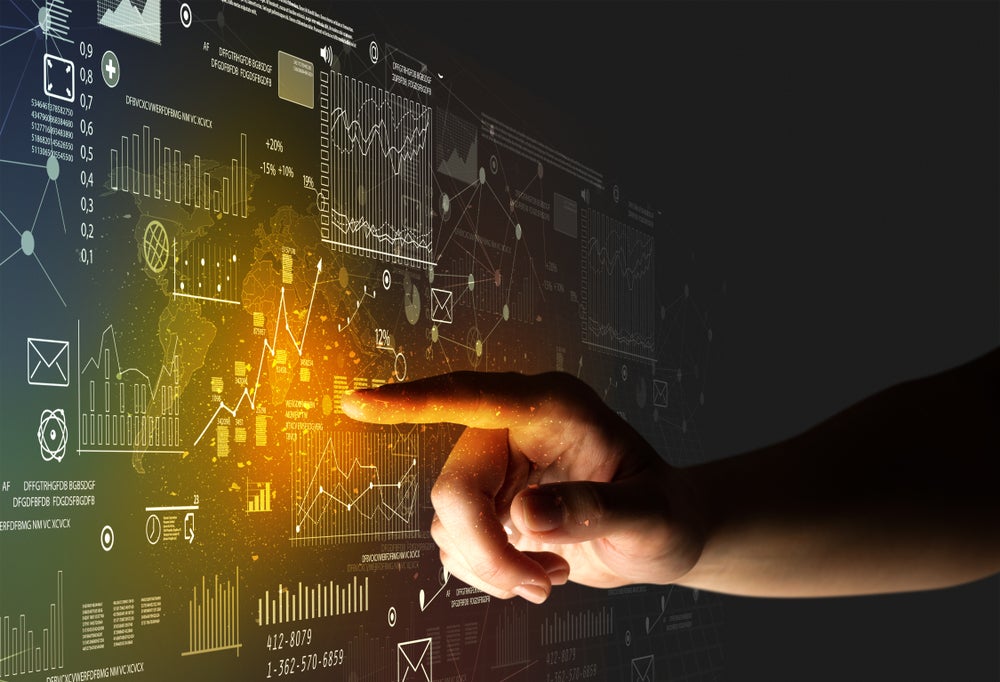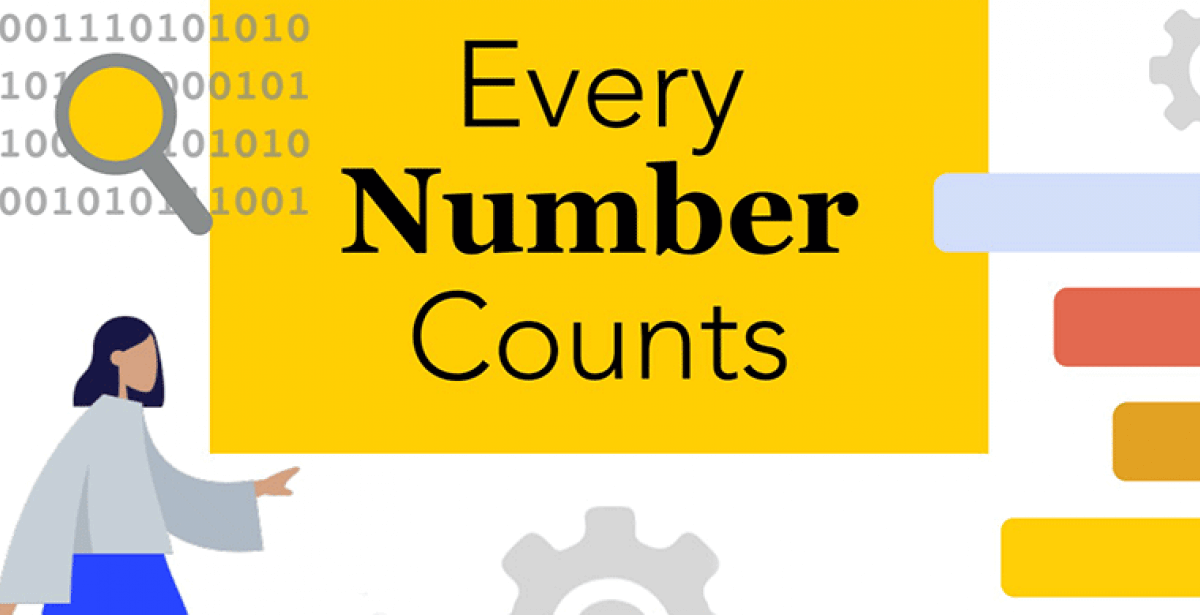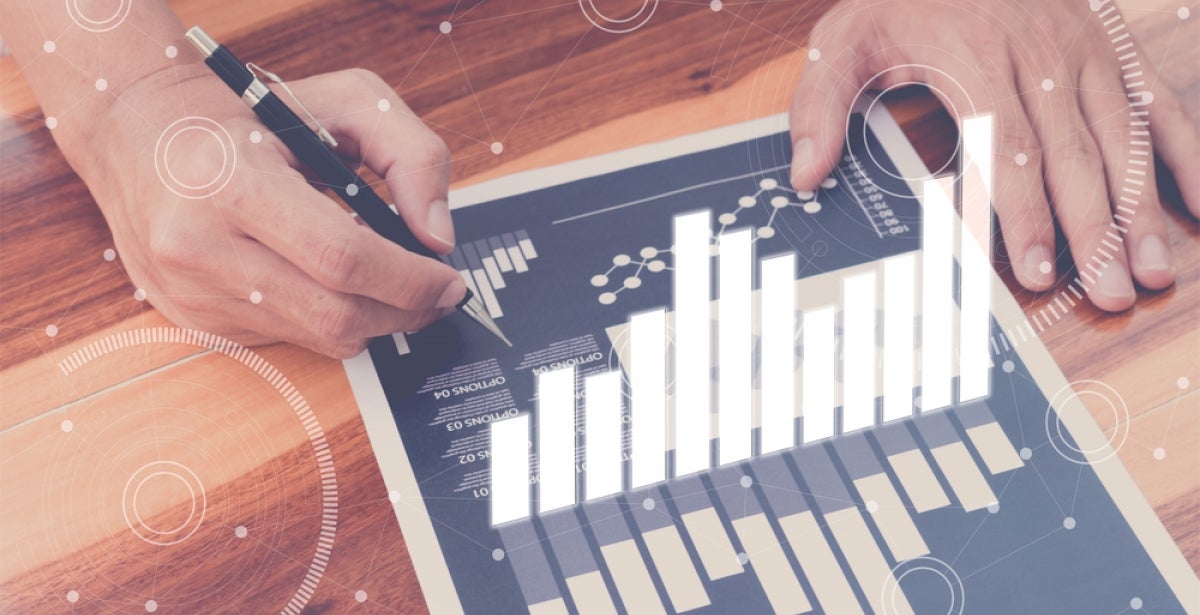
The value of data and professionals with data expertise is growing exponentially. Experts expect the worldwide big data market will grow to $103 billion by 2027, more than doubling estimates made in 2018. That expansive growth will continue to raise the demand for trained professionals who can make meaningful use of enormous volumes of data.
Data science and applied statistics are essential in making big data relevant to a wide range of businesses and industries. While these two disciplines operate in some of the same spaces, they are not identical. Let’s explore the similarities and differences between data science and statistics.
Data Science vs. Applied Statistics
Both data science and applied statistics are rooted in and related to the field of statistics. Much of the core understanding and training needed for a career in these fields is based on similar statistical education. However, the main difference between data science and statistics is their unique approach to making sense of data and solving problems.
What Is Data Science?
Data science is an emerging field that continues to evolve. At its essence, data science is the use of multiple disciplines and methods to create better machine learning processes to reveal trends and valuable insights that are constantly evolving. Data science technology has the power to differentiate and optimize the way stakeholders approach business decisions, processes and the future.
IBM, an industry leader in data science, identifies five key processes common to most definitions of the data science life cycle:
- Capture: Use any of several possible methods to gather raw data.
- Maintain: Organize the raw data into a consistent format using analytics or machine learning, or deep learning models.
- Process: Data scientists examine several data components like biases, patterns, ranges, and distributions of values to determine how suited it is for use with various analytical approaches.
- Analyze: The process of real discovery in which data scientists “perform statistical analysis, predictive analytics, regression, machine learning and deep learning algorithms, and more to extract insights from the prepared data.”
- Communicate: The presentation of meaningful insights gained from the data in reports, charts and other visual formats so that decision-makers can understand and utilize those insights.
What is Applied Statistics?
While data scientists generally compare how accurately different machine learning models can predict outcomes when applied to large quantities of data, statisticians tend to start with a simple model and analyze a sample dataset representing a larger collection of data. Assumptions in the model are tested and adjusted to improve the accuracy of the conclusions and solve practical problems.
Data science is rooted in statistics, but another difference between data science and statistics is that applied statistics takes a more purely mathematical approach to analyzing and problem-solving gathered data that usually:
- Focuses on drawing accurate conclusions about “large groups and general phenomena from the observable characteristics of small samples that represent only a small portion of the large group or a limited number of instances of a general phenomenon.”
- Applies mathematical tools like calculus and linear algebra to probability theory
- Includes an inferential or descriptive statistics approach
- Offers uniquely helpful problem-solving processes when dealing with smaller sets of data
Data Science vs. Statistics: The Kind of Problems Addressed by Each
There are nuances and exceptions in these overlapping fields, but data science is often used to make predictions and optimize searches within large fields of data and databases. It applies techniques like machine learning tools and artificial intelligence to problems that might typically require human intelligence but are too large in scope to solve in those more traditional ways efficiently. Data science aims to make accurate predictions of future behaviors and patterns in a given market or industry.
Applied statistics is still crucial to solving many real-world problems and drawing essential conclusions for businesses and organizations. Statisticians figure out how to best collect data, make measurements, and quantify uncertainty where machine-based data science solutions might prove unwieldy.
One industry blog summarized the ultimate difference this way: “The end-goal of statistical analysis is often to draw a conclusion about what causes what, based on the quantification of uncertainty. By contrast, the end-goal of data science analysis is more often to do with a specific database or predictive model.”
Careers in Data Science and Applied Statistics
While data scientists and statisticians are often found working on the same teams and in the same fields, the two disciplines are distinct, and each provides exciting career opportunities.
Advanced education is a significant asset in both professions, as 50% of data scientists and statisticians in the U.S. have a master’s degree or higher qualification.
Data Science Careers
Data scientists work within many industries and fields, including computer systems design, management companies and enterprises, consulting services in management and scientific and technical fields, insurance, scientific research and development, and more. Another rapidly growing field of opportunity for data scientists is cloud computing, which gives small- and midsized organizations access to the benefits and trends of data science.
Data Scientist Job Outlook
Individuals with the proper training and skill set for data science work are still relatively rare and in high demand. A recent IBM survey found opportunities growing over 5% per year. The Bureau of Labor Statistics projects job growth of 15% by 2029 for computer and information research scientists.
The BLS records a median annual wage of $98,230 for data scientists and mathematical science occupations. The highest ten percent of earners in the field earn over $165,000.
Applied Statistics Careers
Statisticians work in essentially every type of business and organization, including financial and insurance industries, marketing companies, consulting firms, medical and healthcare, politics, engineering, and professional and collegiate sports teams.
Statistician Job Outlook
Statistics careers are lauded for higher income levels, impressive job satisfaction rates and desirable work-life balance. The BLS projects a 35% growth in job opportunities for statisticians by the year 2029. US News and World Report, the magazine known for its investment in research and analyzing the best jobs in the country, ranks statistician as its #6 overall job, #2 best business job, and #5 best STEM job.
The BLS reports a median annual wage of $92,270 for statisticians, while the upper end of the profession earns over $150,840 per year.
Learn more by reading this detailed blog about skills and career opportunities for those with advanced education in applied statistics.
Statistician vs. Data Scientist: Define Your Future at Michigan Tech
Both of these disciplines require a thorough foundation in statistics and math, no matter how that knowledge is ultimately applied. The online Master’s in Applied Statistics degree program at Michigan Technological University can prepare you for a rewarding career in high-demand, high-paying positions in both statistics and data science. Michigan Tech prepares you to:
Develop specialized quantitative skills to meet the rising demand for data experts.
Explore the application of advanced statistical methods like predictive modeling, statistical data mining, model diagnostics, and forecasting.
Gain confidence and familiarity with industry-standard software.
Curious about your future in the evolving application of data?
Schedule a time to talk with an Enrollment Advisor.



